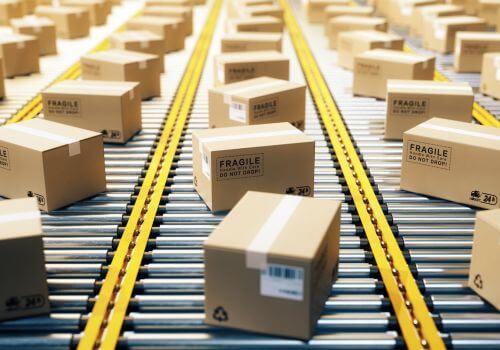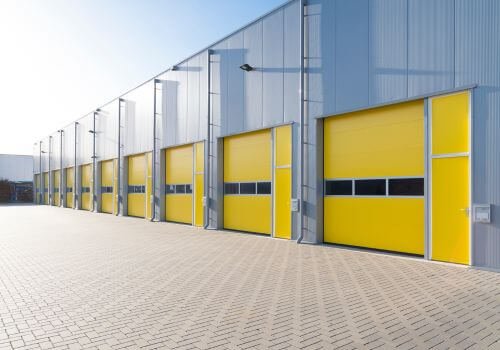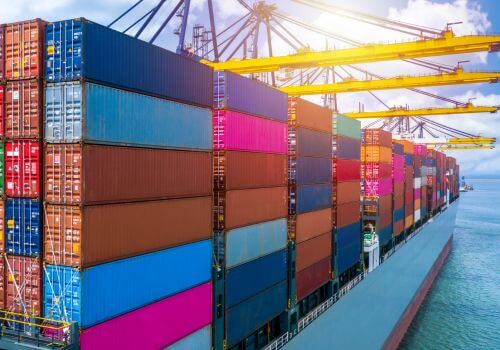Logistics is a vast field that plays a crucial role in the movement of goods and services worldwide. For anyone starting out in logistics, understanding the various regulations and policies that impact the industry is essential. One such important regulation is Section 201, a term often heard in the context of trade and logistics.
This guide will take you through everything you need to know about Section 201 in logistics, breaking down complex ideas into simple, digestible parts.
What is Section 201?
Section 201 refers to a specific provision under U.S. trade law, particularly within the Trade Act of 1974. It is sometimes called a “safeguard” measure. Essentially, Section 201 allows the U.S. President to impose temporary import restrictions if a surge in imports is causing or threatens serious injury to domestic industries.
In logistics, Section 201 is important because it can directly affect the flow of goods, import procedures, and supply chain planning. When Section 201 measures are applied, importers, exporters, freight forwarders, and logistics managers must quickly adapt to new tariffs, quotas, or restrictions.
Why does Section 201 matter in logistics?
Logistics is all about efficiently moving goods from point A to point B. When Section 201 is invoked, it can disrupt normal operations by:
- Increasing costs due to tariffs or import fees.
- Limiting the quantity of goods that can be imported.
- Causing delays due to additional customs inspections or paperwork.
- Forcing companies to find alternative suppliers or routes.
Understanding Section 201 helps logistics professionals anticipate these changes and adjust their strategies accordingly.
How does Section 201 work?
Here’s a simple breakdown of the process:
- Petition filed: A domestic industry that believes it is being harmed by imports files a petition with the U.S. International Trade Commission (ITC).
- Investigation: The ITC investigates whether the surge in imports is causing serious injury or threat.
- Recommendation: If injury is found, the ITC recommends actions to the President.
- Presidential decision: The President decides whether to impose safeguards like tariffs, quotas, or other restrictions.
- Implementation: The measures are implemented for a limited time, usually up to four years, with possible extensions.
Common examples of Section 201
Section 201 has been used in various industries, including steel, solar panels, washing machines, and more. For example:
- Steel industry: When cheap steel imports surged, Section 201 tariffs were applied to protect U.S. steel manufacturers.
- Solar panels: To protect domestic solar panel producers from a flood of low-cost imports, tariffs were imposed under Section 201.
Each time, logistics teams had to quickly adjust shipping schedules, customs documentation, and supplier relationships.
How does Section 201 impact supply chains?
Section 201 can shake up supply chains in several ways.
Cost increase
Tariffs and quotas mean higher import costs. Logistics managers must factor in these costs when budgeting and pricing.
Supplier changes
If imports become too expensive or restricted, companies may switch to local suppliers or suppliers from countries not affected by Section 201.
Inventory management
To avoid shortages, companies might increase inventory levels before restrictions take effect, leading to higher warehousing costs.
Route adjustments
Sometimes, goods are rerouted through different countries to circumvent tariffs, complicating logistics planning.
Section 201 vs. other trade measures
It’s helpful to understand how Section 201 differs from other trade policies:
- Section 232: Focuses on national security and can impose tariffs on imports threatening security.
- Anti-dumping duties: Target goods sold below fair market value.
- Countervailing duties: Counteract subsidies provided by foreign governments to exporters.
Section 201 is unique because it focuses on sudden import surges causing injury, rather than unfair trade practices.
Real-world example of Section 201
Imagine you work for a company importing washing machines. Suddenly, the U.S. government imposes Section 201 tariffs on washing machines from certain countries.
What do you do?
- Step 1: Review your contracts and shipping schedules to identify affected shipments.
- Step 2: Calculate the impact of new tariffs on your costs.
- Step 3: Contact your suppliers to discuss possible price adjustments or alternative sourcing.
- Step 4: Work with your logistics team to adjust shipping routes or modes if needed.
- Step 5: Inform your sales and finance teams about potential changes in product pricing or availability.
By acting quickly, you minimize disruptions and keep your supply chain running smoothly.
Frequently asked questions of Section 201
Q1. What triggers a Section 201 investigation?
A1. A Section 201 investigation is triggered when a U.S. industry files a petition claiming that a surge in imports is causing or threatening serious injury to that industry.
Q2. How long do Section 201 measures typically last?
A2. Section 201 measures are usually imposed for up to four years, but they can be extended to a maximum of eight years if necessary.
Q3. Do Section 201 tariffs apply to all countries?
A3. Not always. Sometimes, certain countries may be excluded from Section 201 measures, especially if they are considered developing nations or have minimal imports of the affected product.
Q4. How can logistics professionals prepare for Section 201 changes?
A4. Stay informed about trade news, communicate with partners, analyze your supply chain for vulnerabilities, and be ready to adjust sourcing or shipping strategies quickly.
Q5. What’s the main difference between Section 201 and anti-dumping duties?
A5. Section 201 targets sudden surges in fairly traded imports that harm domestic industries, while anti-dumping duties address imports sold below fair market value (unfair trade).
In summary, Section 201 in logistics refers to a U.S. trade law that allows the President to temporarily raise import duties or impose other barriers on imported goods if those imports are harming domestic industries.






